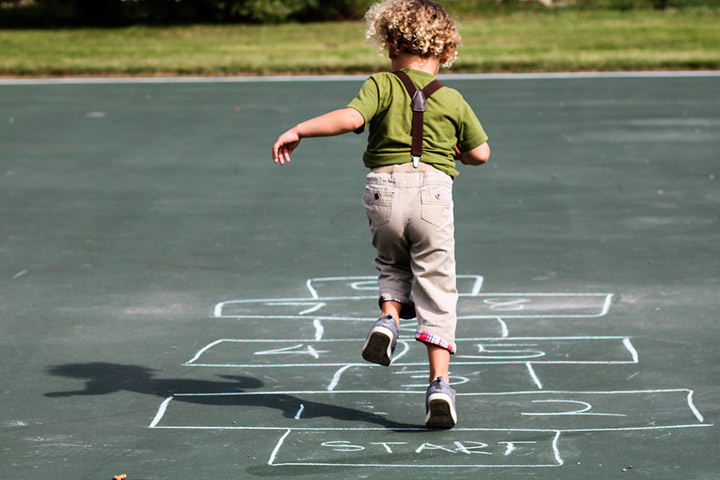Learning through Play – What are they really learning?
You have probably heard the expression “learning through play” at some point, but what does that really mean? How can I be sure my child is learning through play? Children learn so much through observation and interaction with the world around them. Letters, numbers, shapes, colors, names of objects and their purposes–even the simplest things are teaching your child more than you can imagine! Play is extremely important for your little one, even if it may look silly or fruitless to you. It teaches your children important life skills that they will take with them as they grow.
What’s wrong with learning in school at a desk? Nothing per se, however, not all children thrive in a structured classroom setting. Take communication for example: Your child may not want to say the letter “A” because you point to it in a notebook and ask them to repeat it back to you; but if you’re out running errands and you start pointing out the letter “A” anytime you see it on a sign or a label, they may start participating in the game on their own. It creates an understanding that words are a form of communication that they can use to get your attention. Play motivates children in so many ways!
This is just one example of how children can learn through play. Other skills they are likely to learn include problem-solving, conflict resolution, and relationship building. Your child does not need motivation to play–it’s inherent. Allowing your child to take the lead in their own learning via play means they are more likely to absorb the lessons, as opposed to just asking them to remember information that is formally being presented to them.
Here are some ways that you can bring learning into your home through play
Physical Play is your most powerful tool when it comes to developing those motor skills. Physical play also encourages your child to test their limits, which ultimately will lead to your child becoming more comfortable and confident in their body and its capabilities. If you love soccer, start teaching your little one as soon as they begin showing interest in a ball. Let them practice kicking the ball into the goal and be sure to cheer loud when they score! Create obstacle courses or play hopscotch in the driveway. Dust off the hula hoop or jump rope in the garage and give them a whirl. Whatever you choose, just get them moving!

Language Play is essential for your little one. Not only are kids paying attention to everything you say, but also the tone in which you’re saying it. So how do we encourage them to use words themselves to communicate their needs? Start with singing songs, learning riddles, and telling stories. Then, start taking some of their favorite words and apply them in the real world. Eventually, this can turn into writing, counting, and spelling games: “Remember how we sing twinkle, twinkle little star before bed? How many stars can you count in the sky tonight?” Language play is the foundation to imaginative play and fosters early reading and writing skills.
Imaginative Play opens up your child to all the possibilities in the world around them. It creates a safe place for children to bring their hopes and dreams to life! Make-believe play is a major building block for developing their social skills. Spend the afternoon baking pastries for the tea party you and your little one are attending with all of their stuffed animals. Pretend you’re a dragon guarding the castle in the backyard that the knight (your child) has to get past! This kind of play helps your child discover their passions and may plant thoughts/ideas about what they might want for themselves when they’re older. The possibilities are endless! If you let your child take the lead, you may be surprised with what they come up with.
Constructive Play meshes all of their new skills together! Imagination, creativity, fine motor skills, and so many more. Constructive play can take shape in many forms: simple things like creating sidewalk art or finger painting, building towers with legos or magnetic tiles, or making a fort from your living room couch cushions and comforter. Open-ended art projects are a great way to play constructively. You can guide your child on making picture frames, scrapbooks, or puppets for a puppet show.
What matters most is that you’re showing an interest in what they’re doing, and allowing them space to learn in their own way. Follow your child’s lead and let the sparks of creativity fly!
